A Review of Production & Post Production Workflows
advertisement
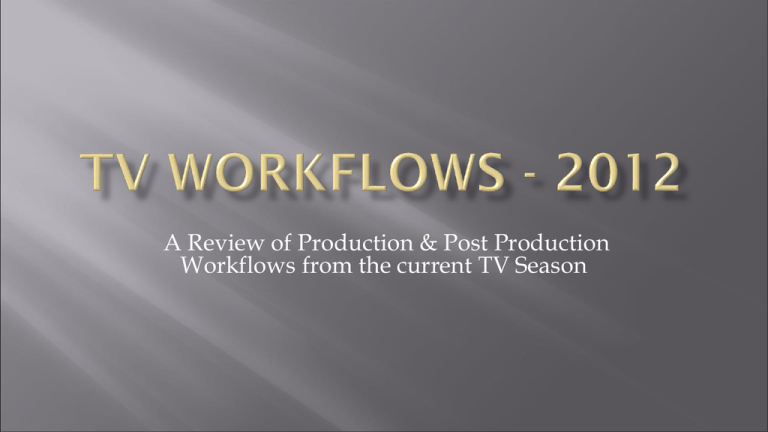
A Review of Production & Post Production Workflows from the current TV Season Spring / 2009 – SAG threatens to strike AFTRA alternative – but only if you shoot on tape, not film Studios shot 90% of their pilots on tape under AFTRA And the studios learned that 24P worked & saved $$$ 2009/2010 season – a lot of film cameras sat on shelves 2010/2011 – 80% shooting on tape (even Alexa) March 11, 2011 – Tsunami hits Northeast Japan Current season of 2011/2012 – 90% shooting onto files By Aug 2011, tape was still in short supply Many shows adopted the Alexa or Red camera Once the efficiencies of file based production became obvious….there was little reason to go back to tape Saves time > processing & ingest is faster than real time Processing > uses computers instead of dedicated hardware: vtrs, routers, etc…means lower capex cost Saves archiving space & costs > 1 hour Episodic > 30-35 hrs, > 6-8 LTOs > replace 50+ SR tapes Color Management Data Management Dailies Processing Conforming Archiving For best results we shoot LOG Trending away from hands-on dailies colorist How to make it relevant for on set & dailies? Need to choose & apply LUTS or Looks while shooting the scenes. Choosing LUTS for on-set….& for dailies? Currently there seems to be 4 specific approaches Lut box tethered to camera(s) – email the luts to lab Apply luts during data management (Red) Use one single default lut - rec709 or custom Create a collection or set of luts or looks in advance ….apply them accordingly. LUT – color look up tables applied to dailies – typically for editorial & general distribution “look or looks” – the generic term Arri Look – color as applied to the viewing outputs on Alexa using Arri tools Breaking In – DIT plus Truelight box Justified – on set DIT creates looks w/ DP during data backup (Red Epic) The Big C – one lut Unforgettable & The Client List – collection of preset luts Introduced in version 4, Alexa firmware Allows for loading 16 Arri Looks into Alexa Arri Looks are 1D luts and designed for Alexa’s on board color processing capabilities No external color boxes required…as Arri Looks can be called up in camera & applied to outputs SxS recordings can stay native LogC Embeds the name of the chosen Look into the file for tracking later in the post workflow Pilot shot > well known graphic novel As such > extreme looks Director wanted to preview looks on set DP shot test material & created a number of looks he might use…. 23 in fact. Ended up using only 7 during actual production In August, 2011 – no tools for translating the LUTs created on Baselight to an official Arri Look Peter Postma (Filmlight-LA) worked to translate…. Variances crept in to the exercise due to differences in decoding - legal vs extended ranges – required “tweaks” Ultimately we ran tests to make sure what was seen on set was what was being delivered to Editorial and in the Studio & Network Dailies We now have tools from Arri to build these Arri Looks & to generate matching compatible LUTS Arri Look Creator - application Arri LUT Generator – online web app We also now have third party tools that will generate compatible Arri Looks from LUTS Pomfort’s LiveGrade - beta Original Camera Negative exists as files on card Cards are expensive > transfer the files to a shuttle drive > lab Need to have multiple backups Need to have a workflow system in place to assure no files are lost Need supporting software to confirm transfers on a bit by bit basis Need to QC or review each days material that flows – SET > LAB 1) 2) 3) 4) On set data wrangler Dailies operator and manager Assistant Editor Archivist at the Lab File based > faster than real time - transfer & conversion Syncing Sound to Picture > w/ proper onset timecode management > quick and easy Logging > sound recorders label wav files - SC/TKs Color > applying luts from set or from a colorist working in parallel on the same networked system Systems > process dnx + mpeg2 (dvds) + h.264 (stream) Reference > Original codec or a mezzanine codec Concerns re: compression seems to be reduced Many shows are using dnx175x for conform – especially popular at post houses…. Several shows are even using dnx115 – popular with in house post workflows…. SOUTHLAND (TNT) SPT’s goal > conform directly from the native codec or a codec that maintains 444 quality. Avid file based conforming (MC 5 +) references “sourcefiles” plus timecode vs. tape roll plus timecode Each sourcefile or clipname is unique Camera Reel/clip number/date/camera serial # Example > A004C010_20120214_R1JL.mov Each clip or sourcefile is usually one take of one scene…. Decision to conform with a mezzanine codec instead of the original file is typically driven by the devices being used to complete the conform and grading Final vetting of files for name and substance Hard copy onto LTO5 x 2 Working copy of each episode’s OCN footage on a portable RAID for transport to the “online” or conform – transfer via eSata or SAS In House – files move via network transfer to the studio’s TV Repository SOUTHLAND - TNT UNFORGETTABLE - CBS shoots RED, Canon 5D, GoPro Dailies – all footage color timed by a dailies colorist & processed into dnx115 on Fotokem’s NextLab Show is then cut on Avid in dnx115 Final cut IS the edited master (w/color) Output as files > grading takes only 3-4hrs Southland IS a stylized show and thus can sustain artifacts created by this workflow Shot on Arri Alexa – using collection of luts OCN (ProRes 444 LogC) is collected and held on an episodic raid for conform Conformed on Avid Symphony – uses AMA transfer of ProRes – transcoded to Avid RGB 444 – then conformed & pushed… To Colorworks where it is graded on a Baselight from scratch… only referencing the original onset Tape > The Good Wife / CSI-NY / Weeds / Modern Family / Dexter Red > many Red shows are conformed from Quicktime files instead of the R3D originals Alexa with dnx recording has been demo’ed and tested and will be available soon…. Some post houses were using dpx for the conform… ArriRaw for TV > just not required…. What happened to all of those file based recording devices introduced at the last NAB ? Convergent Design’s Gemini Sound Devices PIX 240 ATMOS Samarai Along with – CineDeck, KeyPro, Nanoflash Sony F65 – 4K & HD SR Memory – 440/220 DNX440 – 444 version of Avid’s DNX Canon EOS - IIF-ACES
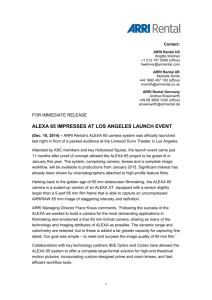
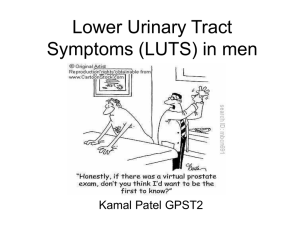

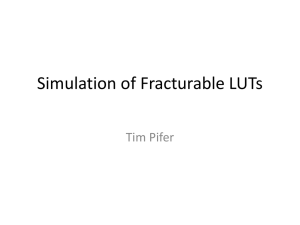
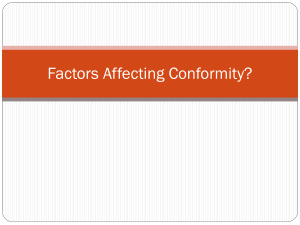
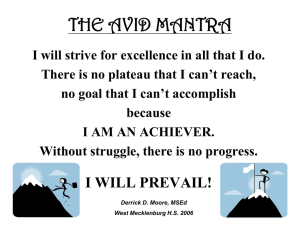

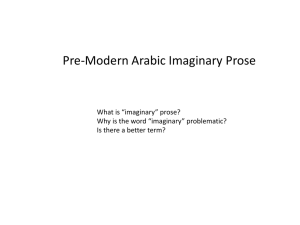
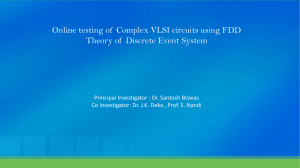

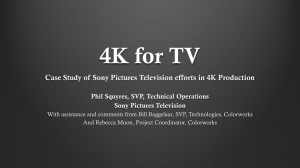
![avid parent night 1[1].](http://s2.studylib.net/store/data/005364026_1-3545164f7508a237d75956b3943e7277-300x300.png)